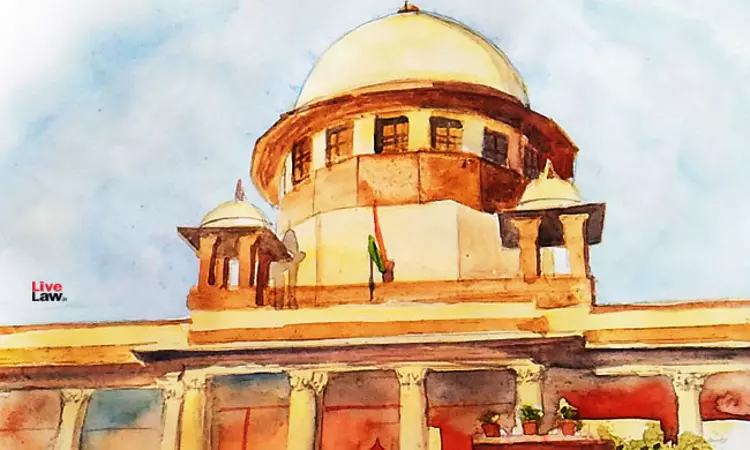- Home
- /
- Top Stories
- /
- Murder Trial | Non-Explanation Of...
Murder Trial | Non-Explanation Of Injuries On Accused Will Create Doubts On Prosecution Version : Supreme Court
Suraj Kumar
5 Nov 2023 12:35 PM
In a criminal appeal against conviction in a murder case, the Supreme Court recently observed that the non-explanation of injuries on the accused shows prosecution may have concealed the real incident.A three-judge bench comprising Justice BR Gavai, Justice BV Nagarathna, and Justice Prashant Kumar Mishra was hearing an appeal against a judgment of the Madhya Pradesh High Court which upheld...
In a criminal appeal against conviction in a murder case, the Supreme Court recently observed that the non-explanation of injuries on the accused shows prosecution may have concealed the real incident.
A three-judge bench comprising Justice BR Gavai, Justice BV Nagarathna, and Justice Prashant Kumar Mishra was hearing an appeal against a judgment of the Madhya Pradesh High Court which upheld the sentence of the appellants for life imprisonment under sections 302 read with 149 Indian Penal Code.
In this case, a violent altercation occurred when a dispute involving a buffalo led to a serious confrontation. A group of armed individuals suddenly confronted them as a result of this, the complainant was grievously injured and Madan died.
The Court noted that as per the appellant’s version of events, they had complained to the local police station regarding an attack by the complainant party. They stated that while returning, there was a confrontation with them and Madan died due to the free fight which ensued. On this aspect, the trial court had observed that no fatal weapons were used by the complainant party.
However, the court did not find this observation of the trial court to be correct.
The Court, drawing from the case of Lakshmi Singh v. State of Bihar (1976) 4 SCC 394, highlighted that in murder cases, the non-explanation of injuries sustained by the accused can lead the court to draw several critical inferences:
● The prosecution may have concealed the true genesis and origin of the occurrence.
● Witnesses denying the presence of injuries on the accused may be unreliable
● A defense version explaining the injuries on the accused may cast doubt on the prosecution's case.
It further added that the omission by the prosecution to clarify the injuries of the accused becomes even more significant in cases where the evidence is provided by interested or inimical witnesses.
The Court observed, “Non-explanation of injuries on the persons of the accused would create a doubt, as to, whether, the prosecution has brought on record the real genesis of the incident or not.”
Prosecution failed to establish there was a common object to kill the deceased
Now in this backdrop, the court pondered whether the common objective of the unlawful assembly was to cause the death of the deceased.
The Court considered the context related to the dispute involving the buffalo on the previous day and contemplated the possibility that the accused parties did not necessarily intend to cause the death of anyone from the complainant party. Instead, they might have assembled with the sole intention of reprimanding the complainant party in response to the buffalo's actions.
In these circumstances, the court held that the prosecution had failed to prove that the unlawful assembly had the intention to cause the death of the deceased.
Therefore, the court altered the conviction from Section 302 to Part II of Section 304 of IPC.
Case title: Parshuram v. State of MP
Citation: 2023 LiveLaw (SC)953

